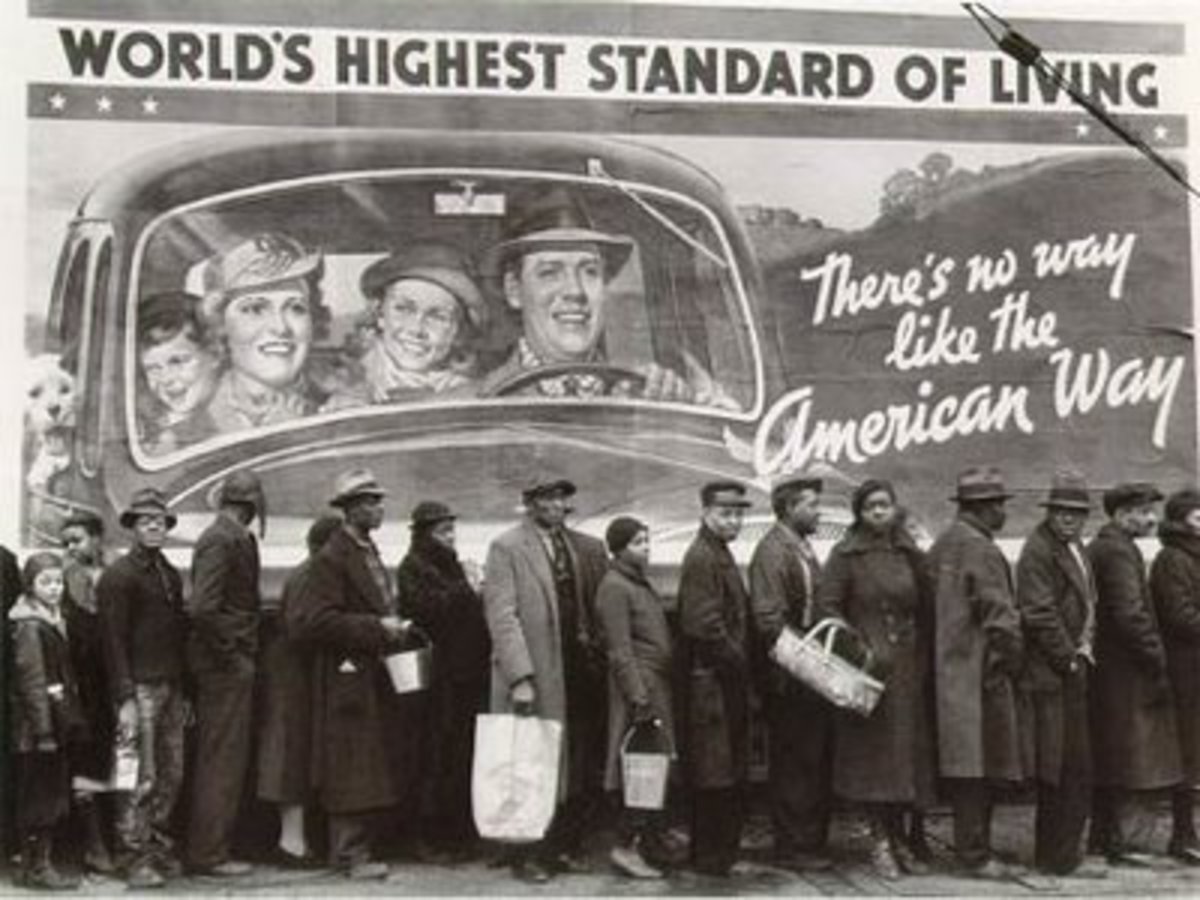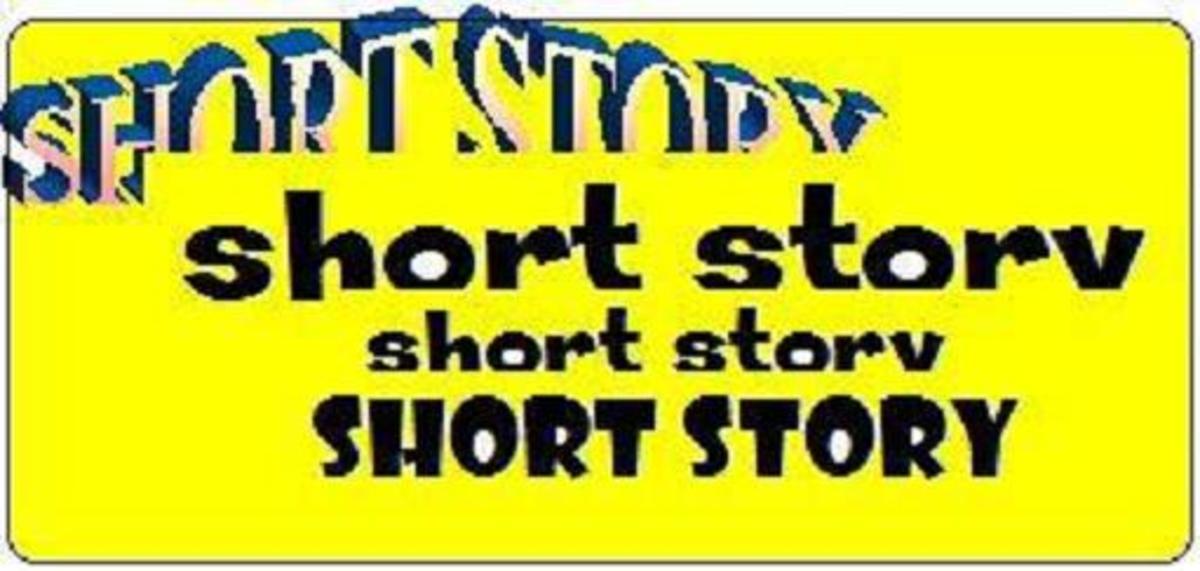A Currency in Stories: (A Short Story)

It happened with the elaboration of credit---credit, which was a promise to pay you back tomorrow what I owe you today. Credit was also the story of how I would pay you back tomorrow what I owe you today. As we learned before, in our class on Ancient Purchasing Systems, someone who wanted to start a business or engage in some sort of commercial enterprise, for example, or buy a house or a car or something like that, would go to an institution known as a bank for a loan of money---remember, the economy still functioned on a monetary basis: paper and coin lingua franca backed by the authorization of a country's central government, not the stories we use as systemic exchange today.
In many ways they were evolving toward our kind of economy, based on the stimulation of the right hemisphere of the brain with stories, fables, legends, fairy tales, and myths, accepted as payment for goods and services. Of course... that was sixteen hundred years ago and the Jade People, with their remarkable matter transmutational powers, hadn't come to us yet to make an imaginative-economy practical and operational.
So, when they still used money as a means of exchange, when one went to a bank for a loan for a business venture, or something like that, the applicant would have to explain to the bank how she intended to pay them back. The reputation of the person (i.e., so-called credit score), the soundness of the business plan, and prospects for success formed the glue that held that transaction together until the bank got its money back.

If the borrower (the person going to the bank for a loan) failed to repay the money, for whatever reason, the bank would be reimbursed by the central government, who insured all of the bank's deposits. The interesting thing about the old economy of the twentieth and twenty-first centuries was this: Through the mechanism of credit the economic system was fuelled by stories. But the glaring weakness of the system was that the stories had to be... true.
You'll recall that we discussed the ancient concept of truth last month. What ancient people seemed to have meant by truth was that something spoken as true, had to exist as an actuaity in the world, outside of the realm of internal consciousness. Which was puzzling, as this was before the time of the coming of the Jade People. And so they knew not the fact that thought can be made real.
In any event, sometime before the halfway point of the twentieth century, the central government put restrictions on the stories banks could tell. The national legislature passed and the White House signed a law called the Glass-Steagal Act. Commercial banks (which were never really allowed to tell stories, but only listen to them in deciding whom to give loans to) issued loans, took deposits, and held them for depositors in the form of savings accounts, checking accounts, Christmas clubs, and the like, all of the ways we talked about before. Investment banks specialized in telling stories. These were financial institutions that took money to make money with it. They would invest the money in the stock market.
The investment banks would tell their clients stories like: You give me some money and I'll invest it for you and make it grow by leaps in bounds. I'll invest it in x, y, z company because they are doing really well.
The disadvantage, again, was the fact that the stories had to be... true at the end of the day. The economy depended on the TRUTH of stories told by all kinds of people. The reforms put in by the central government, the Glass-Steagal Act, and others was a response to the Great Stock Market Crash of about half a decade before.
The stock market crashed, putting the whole world economy at risk because, as it turned out, too may of the stories told by bankers and other financial operators turned out not to be... true, false, or certainly exaggerated. Because of this all kinds of credit arrangements broke down. Remember, credit (a promise or story) was what was used for money, in a sense, when a transaction called for such a large amount of money in which physically moving it was impractical. As the economy grew more and more complex, this reality increasingly covered an increasing amount of transactions. And since all of this was founded on the credit system, and since the credit system, was, at bottom, a storytelling system, the stock market crash caused distrust and cynicism to soon pervade the society.
Officials believed that the crash had been caused by a lack of commitment to truth. And since it is human nature to lie, as they put it, to gain advantage, the government believed that the only way to restore truth (and therefore sustainable growth) to the economy was to put in truth-supporting regulations.

One of these, again, was the Glass-Steagal law. This law prohibited the intertwining of commercial banks and investment banks. They were no longer allowed to talk to each other, tell each other stories, and with their combined resources tell even bigger stories, bigger tales of wealth to be had. For about four decades after that, the economy was rather dull, lacking in imagination, placing even more of an emphasis on that odd ancient concept of TRUTH.
Vitality and imagination returned the economy during the later part of the twentieth century. Glass-Steagal and other reforms of four decades before were reconsidered and repealed. Even the constraining concept of truth was relaxed though not abandoned. In this phase of economic development truth was delayed, strung out farther and farther, its realization put off for the maximum allowable time, so that the economy, happily, did rather elevate into the realm of myth, but not quite.
This effect was achieved with two major innovations---well, really three. When the Amer-i-cans took their currency, something called the dollar, d-o-l-l-a-r off the gold standard... In some way, gold---at one time the metal silver was also involved---somehow transmitted its value to the currency, the dollar, which had, for a long time, been the global standard; that is all the world's currency was relatable to it. Well, for some reason, the Amer-i-cans called off this arrangement.
The consensus of scholars is that this was a very positive development. After all, this meant that in a very important way, the global economy was no longer bound by the... ugh!... truth of the availability of gold, a finite resource after all. While truth still played a role, it was moe about information, and good news, information could always be creatively fictionalized, as it often was, to the advantage of such, as then, unusually creative souls.
The other two evolutionary developments in the world of finance, as money-manipulation was called, were two instruments: derivatives and securitization. Derivatives were insurance policies on credit. So, for example, if I borrowed money from you---with me providing a story about how I would pay you back---and I failed to pay you back, for whatever reason, you have an insurance policy with another financial institution saying that if I don't pay you back, they will.
The really brilliant development was that these insurance policies began to trade on the market just like stocks! Wonderful! Its like starting with the story of Jack and Jill and ending with the ending from Frankenstein.
Securitization was the segmentation of debt. Again for example, suppose I borrowed money from you, and you became afraid that I wouldn't pay it back---that is, you were concerned that my story might not ultimately be true. What you could do was split that debt up into several parts and reconfigure the parts into investment instruments that you could sell as bonds to other people! So, you have transformed a liability that is due to you to pure profit for yourself.
I love it! Its like the story of Little Bo Peep and her sheep being transformed into Alice in Wonderland. The system should have gone on indefinitely, but it collapsed. This time the stock market crash led to the Second World Corporate War. Shortly after the armistice, the Jade People came, thank providence!
But why did the system collapse leading to the Second World Corporate War? Most scholars agree, it was due to the ridiculously primitive mental development of human beings back then. Their creativity had reached its limit. After all, today, a toddler could construct a securitization complex that could span the galaxy.
I will now pass out some pictures of what humans looked like before the coming of the Jade People, and you'll be able to readily observe how it is that they almost destroyed themselves. Note the disturbing evenness of the skull, which is indicative of a primitive mental development---very weak right brains. There is no bulge. They utterly lacked our pleasant vertical protrusion on the right side of our skulls.
Alright, before we push on let's all take a five minute break.
The whole class, including the instructor, began their five minute break by drinking from a vial, a special electrolyte solution, given to the inhabitants of this world by the Jade People, which stimulates the right hemisphere of the brain. Everyone's right side of their skulls pulsated and sighs of pleasure were heard around the room.

Marshohn had left home three days ago. He had come of age and it was therefore time for him to make his own way in the world. His family had great expectations of him, no less than he had for himself. He had been recognized as gifted from birth. When he had been born, his grandparents had said, "Oh what a beautiful baby! Look at that bulge!" referring to the obvious vigorousness of the right side of his brain.
When the time came his family saw him off. His father had bade him farewell with the words, "Tell a fantastic story, son. Make me proud."
Marshohn was now hiking the Timberwolf mountains, on his way to see a Grand Jade. When an adolescent first entered adulthood, his or her first purchase had to be made from a Grand Jade, it was tradition. After that one could replenish his or her property through any Jade Person that was available.
Marshohn came to the designated spot, the appropriate cave opening. He entered and a voice called out for him to stop and proceed no farther.
"Grand Jade," Marshohn said, "I cannot see you." He could only see the Grand Jade's outline in the darkness. The Grand Jade appeared to be sitting on an armchair.
From the shadows the Grand Jade said, "I can see you. That's all that matters. Why have you come?"
"I have come of age," Marshohn said.
"Is that so?" the Grand Jade said.
"Yes."
"What do you want?" the Grand Jade said.
"Property," Marshohn said, "more than my father ever acquired, a family with more children than he ever sired, a mansion, bigger than my father's, with more servants than he ever had, and a woman, more beautiful than mother, with even bigger bulges. I want to surpass my father, great man that he is."
"You want to outdo your father?" the Grand Jade said.
"It is the duty of every son to outdo his father," Marshohn said.
The Grand Jade pointed at Marshohn. "That's quite a bulge you got there."
"I'm going to be quite a man," Marshohn said.
The Grand Jade laughed. "I can give you any material thing you want provided you can pay for it. But I'm afraid you'll have to seduce your own woman."
"I will tell her stories that will make her right hemisphere fry for me," Marshohn said.
The Grand Jade laughed again. "Confident. Well, tell me what you want to get your manhood started."
Marshohn recited a long list of things, property of the most exquisite value.
The Grand Jade was somewhat taken aback. "My, my, my, you have high expectations for an initiate."
"I like to start from the top," Marshohn said.
"Do you have the story to pay for all of that?" the Grand Jade said.
"Yes, I do," Marshohn said.
"Very well, then," the Grand Jade said, "proceed."
Marshohn drank his vial of electrolyte mixture. His right hemisphere hummed, with the veins almost popping out through the near translucent skin of the right side of his hairless head.
"Whenever you're ready," the Grand Jade said.
"Well...," Marshohn said with an ear-to-ear grin, rubbing his hands together.
The Grand Jade leaned forward.
Marshohn said, "... Once upon a time..."
The End.








